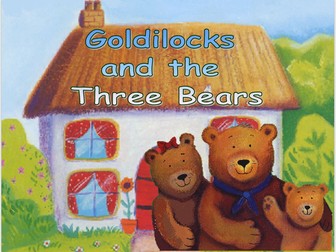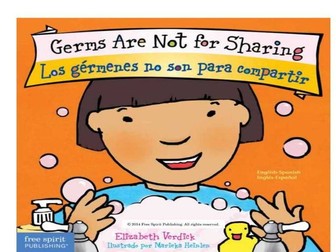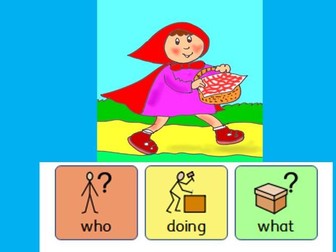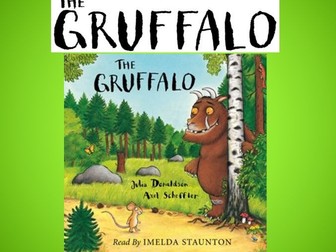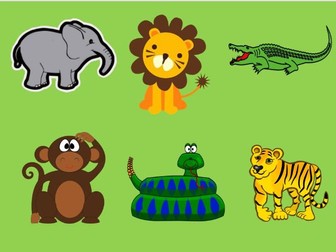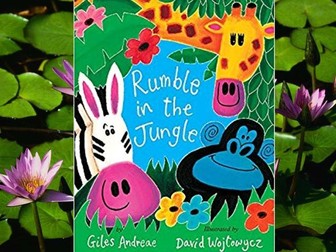Zones of Regulations key ring visuals
<p>Creating key ring visuals to help children understand and regulate their emotional zones can be incredibly beneficial, especially for those with ASD or communication difficulties. Here’s how you can design and explain these visuals:</p>
<p>Zones of Regulation Key Rings represent a different emotional zone: Red, Yellow, Green, and Blue.<br />
Use visually distinct colours and symbols to represent each zone.<br />
For example:<br />
Red Zone: Angry, upset, out of control (use a red background with a symbol like a frowning face).<br />
Yellow Zone: Frustrated, anxious, worried (use a yellow background with a symbol like a tense face).<br />
Green Zone: Calm, focused, ready to learn (use a green background with a symbol like a smiling face).<br />
Blue Zone: Sad, tired, sick (use a blue background with a symbol like a sad face).<br />
Strategies for Regulation:</p>
<p>On each key ring, include a set of strategies or tools that children can use to regulate their emotions and move toward the Green Zone.<br />
Use simple, concrete images or symbols to represent each strategy.</p>
<p>How to Use the Key Rings:</p>
<p>Teach children how to use the key rings by explaining the concept of emotional zones and the purpose of each zone.<br />
Encourage children to identify which zone they are in by looking at the color and symbol on their key ring.<br />
Once they identify their zone, guide them to choose a strategy from the key ring to help them regulate their emotions and move toward the Green Zone.<br />
Regularly review and practice using the key rings to reinforce the concept and build self-regulation skills.</p>
<p>By using these key ring visuals and strategies, children can develop a better understanding of their emotions and learn effective ways to regulate them, ultimately promoting self-awareness and emotional well-being.</p>
